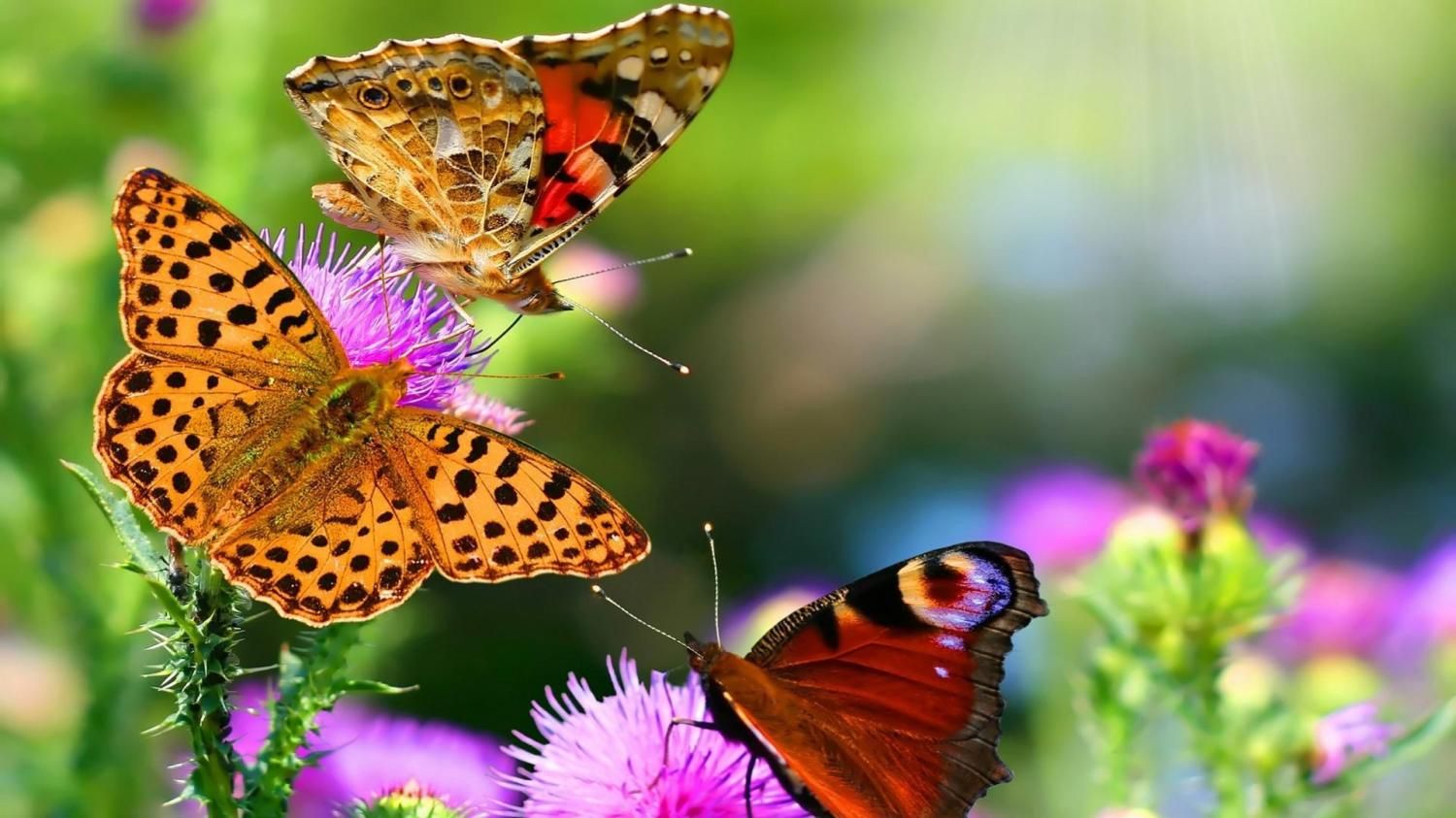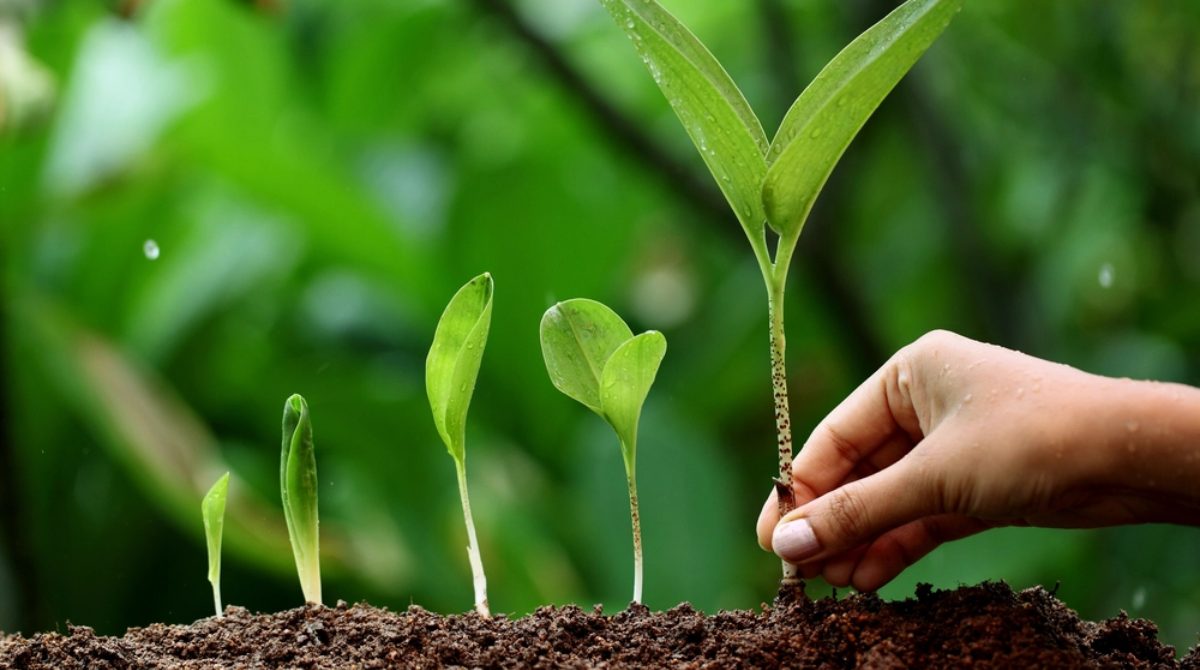Imagine stepping into your garden and being greeted by vibrant butterflies fluttering from flower to flower. A butterfly garden is not only visually captivating but also plays a vital role in supporting pollinators essential to our ecosystems. By creating a butterfly-friendly space, you’re inviting beauty and biodiversity into your yard while contributing to environmental health. Here’s how you can transform your garden into a paradise for butterflies.
Planning Your Butterfly Garden
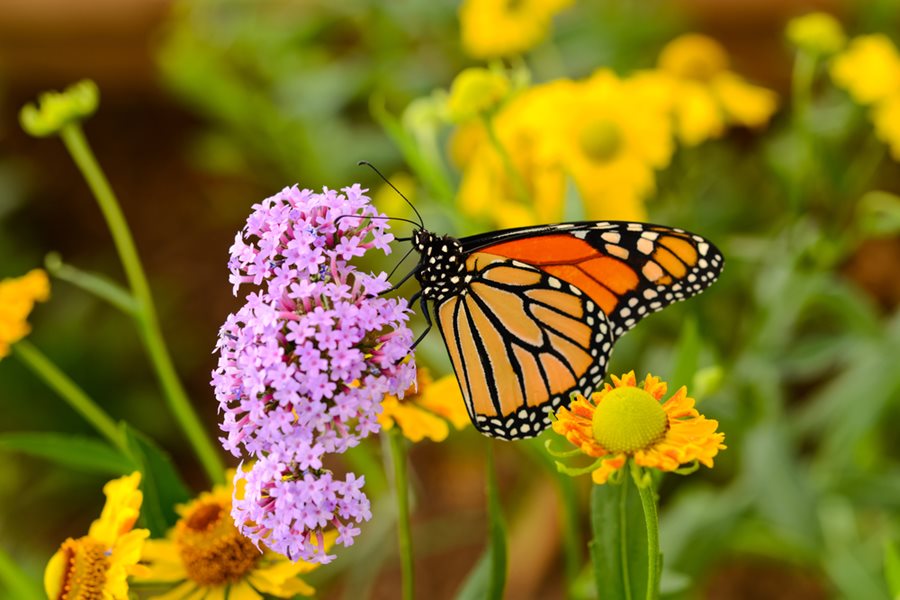
Table of Contents
Creating a butterfly garden begins with thoughtful planning. Start by selecting a sunny location, as butterflies thrive in areas with ample sunlight. They need warmth to fly and feed, making sunlight a critical factor.
Steps to Plan:
- Evaluate Your Space: Whether it’s a backyard, balcony, or community garden plot, ensure it has access to sunlight and is sheltered from strong winds.
- Understand Butterfly Needs: Butterflies require host plants for laying eggs and nectar plants for feeding. Research local butterfly species to identify their specific preferences.
Selecting Plants for Your Butterfly Garden
The key to attracting butterflies lies in the plants you choose. Butterflies rely on specific plants for their life cycle stages—caterpillars feed on host plants, while adult butterflies gather nectar from flowering plants.
Types of Plants to Include:
- Host Plants: These are critical for caterpillars. Examples include milkweed (essential for monarchs) and passion vine.
- Nectar Plants: Opt for flowers rich in nectar, such as lantanas, zinnias, and coneflowers.
Why Native Plants Matter: Native plants are adapted to your local climate and soil conditions, making them a reliable food source for butterflies. In Florida, plants like firebush, cassia, and coreopsis are excellent choices.
Creating the Perfect Environment
A butterfly garden isn’t just about plants—it’s about creating a welcoming ecosystem.
Essentials for Your Butterfly Habitat:
- Water Sources: Provide shallow dishes filled with water and pebbles where butterflies can perch and drink.
- Shelter: Add shrubs or trees to offer protection from predators and extreme weather.
- Pesticide-Free Zone: Avoid using chemical pesticides, as they can harm butterflies and caterpillars.
Enhance the space with colorful stones, logs, or garden ornaments to mimic natural habitats.
Maintaining Your Butterfly Garden
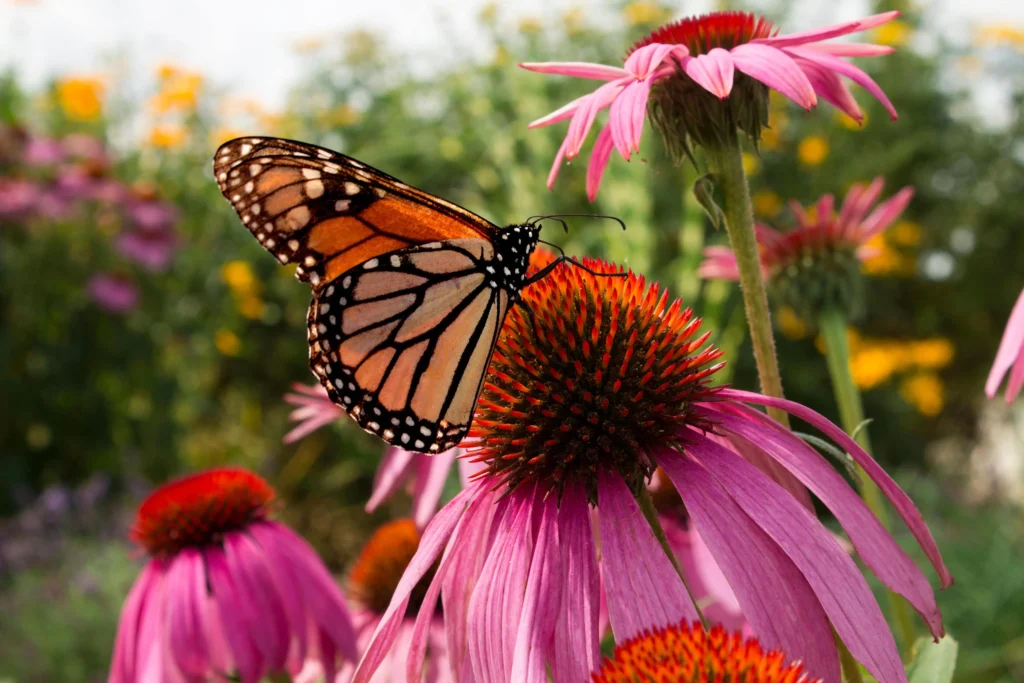
Your garden requires ongoing care to flourish and continue attracting butterflies. Seasonal maintenance is key to sustaining the habitat.
Tips for Garden Care:
- Prune Regularly: Remove dead plants and trim overgrown areas to keep the garden tidy and healthy.
- Replenish Nectar Sources: Rotate blooming plants to ensure there’s always food available for butterflies.
- Observe and Learn: Keep an eye out for butterfly eggs, caterpillars, and visiting species to understand what works best in your garden.
Additional Tips for Florida Butterfly Gardens
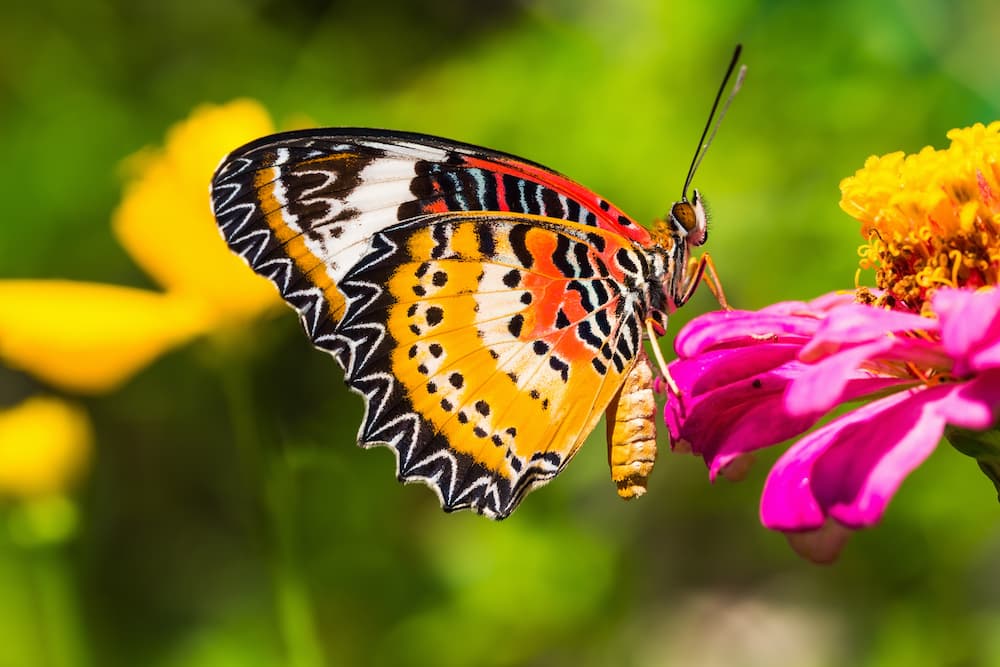
Florida’s unique climate offers both opportunities and challenges for butterfly gardens. The state’s warm weather supports a variety of butterfly species year-round.
Florida-Specific Tips:
- Embrace Tropical Plants: Plants like pentas, plumbago, and porterweed thrive in Florida and attract local butterflies.
- Manage Moisture Levels: Florida’s humidity can lead to overwatering—ensure proper drainage to avoid harming plants.
- Protect Against Pests: Use natural methods like neem oil or companion planting to deter pests without endangering butterflies.
FAQs About How to Create a Butterfly Garden
1. What is a butterfly garden?
A butterfly garden is a designated outdoor space designed to attract and support butterflies by providing food, water, shelter, and breeding habitats. It typically includes a variety of nectar-rich flowering plants and host plants where butterflies can lay eggs.
2. Why should I create a butterfly garden?
Butterfly gardens are beneficial for:
- Enhancing your garden’s aesthetic appeal with vibrant butterflies and plants.
- Supporting pollinators essential for the health of ecosystems.
- Encouraging biodiversity in your local environment.
- Educating children and adults about the life cycle of butterflies.
3. What are the best plants for a butterfly garden?
The best plants include:
- Host plants: Milkweed, parsley, fennel, and passion vine for caterpillars.
- Nectar plants: Coneflowers, lantanas, zinnias, and daisies for adult butterflies. For Florida-specific gardens, plants like firebush, cassia, and porterweed are excellent choices.
4. How much sunlight does a butterfly garden need?
Butterfly gardens require at least 6–8 hours of direct sunlight daily. Butterflies are cold-blooded and need sunlight to regulate their body temperature and become active.
5. Can I create a butterfly garden in a small space?
Yes! Even small spaces like balconies or patios can support a butterfly garden. Use container gardening to grow nectar and host plants, and provide water sources like shallow dishes with pebbles.
6. How do I attract butterflies to my garden?
To attract butterflies:
- Include a mix of host and nectar plants.
- Provide a shallow water source with pebbles for drinking.
- Avoid pesticides that can harm butterflies.
- Ensure your garden gets plenty of sunlight and has sheltered areas.
7. What are common mistakes to avoid when creating a butterfly garden?
- Using non-native or invasive plants that don’t support local butterflies.
- Overusing chemical pesticides and herbicides.
- Neglecting to include host plants for caterpillars.
- Placing the garden in a shady or windy location.
8. How can I create a butterfly garden in Florida?
For Florida gardens:
- Use native plants like firebush, coontie, and coreopsis that thrive in the state’s climate.
- Consider Florida’s humidity when watering—don’t overwater plants.
- Add tropical nectar plants like pentas and porterweed for a vibrant garden.
9. Do butterfly gardens require a lot of maintenance?
Not necessarily. Regular tasks include:
- Pruning plants to encourage growth.
- Replacing nectar plants as needed.
- Monitoring for pests and diseases.
- Adding fresh water to butterfly-friendly sources.
10. How long does it take for butterflies to visit my garden?
If you’ve included the right plants and conditions, butterflies may start visiting within a few weeks to months, depending on your local butterfly population and seasonal activity.
11. Can I include other pollinators in my butterfly garden?
Absolutely! Many plants that attract butterflies also support bees, hummingbirds, and other pollinators, further enriching your garden’s ecosystem.
Conclusion
A butterfly garden is a rewarding project that brings life and color to your outdoor space while supporting critical pollinators. By understanding butterfly needs, selecting the right plants, and maintaining their habitat, you can enjoy a thriving butterfly garden for years to come.
Take the first step today and create your own butterfly haven. For more gardening tips and inspiration, visit GardenLoom.

